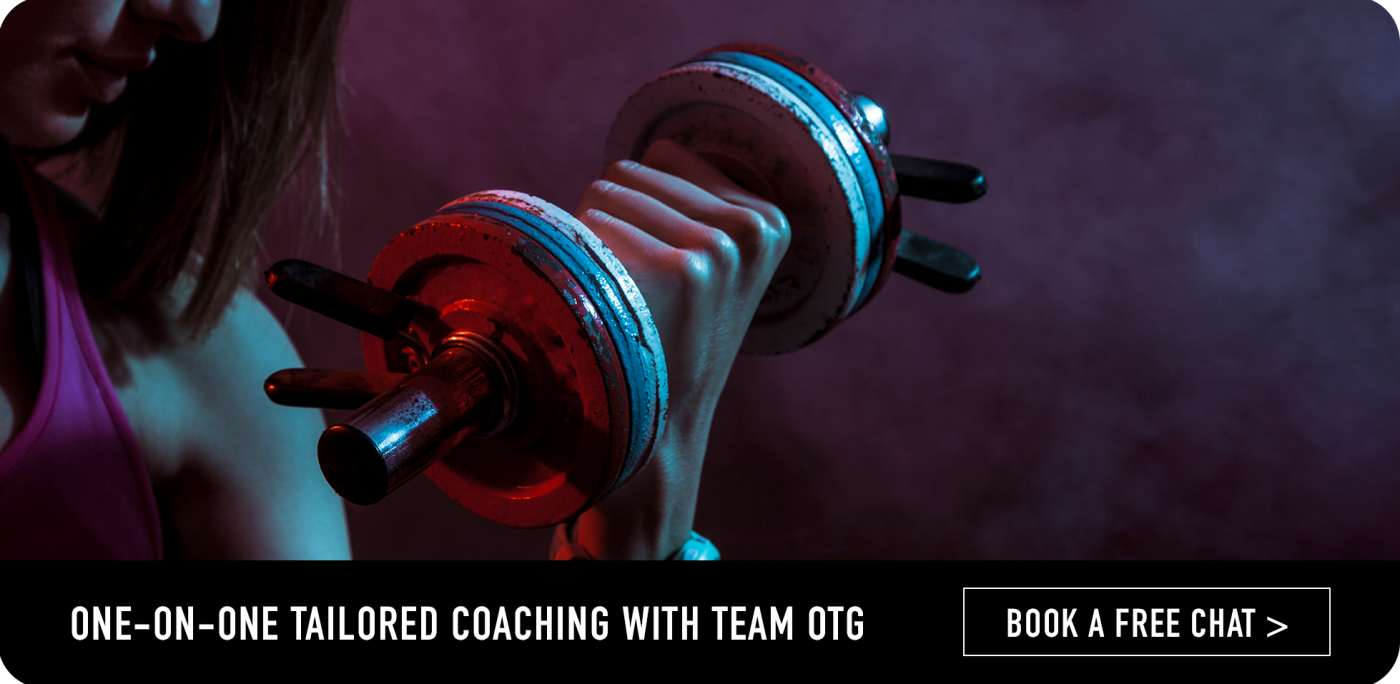Why Your Calves Are Small and How to Fix It
Most people train their calves like an afterthought. A few rushed sets at the end of a leg workout, bouncing through reps like a trampoline enthusiast, and then they wonder why their lower legs still look like they belong to a marathon runner. If you want real hypertrophy, it’s time to stop treating your calves as an accessory muscle and start training them with intention and proper technique.
Understanding Calf Anatomy:
The Soleus vs. The Gastroc
Your calves aren’t just one muscle. They’re composed of two major muscles, the gastrocnemius (gastroc) and the soleus, each with different functions and fiber compositions. Training them correctly requires more than just cranking out a few lazy reps.

Gastrocnemius (The Show Muscle)
This is the thick, two-headed muscle that gives your calves their peak. It’s composed mainly of fast-twitch fibers and is best activated with heavy, straight-leg exercises like standing calf raises. To stimulate real growth, focus on controlled eccentrics, a full stretch, and progressive overload.
Soleus (The Workhorse)
Lying beneath the gastroc, the soleus contributes to overall calf density. It’s primarily made up of slow-twitch fibers, meaning it thrives on high reps and extended time under tension. The best way to hit the soleus? Bent-knee movements like seated calf raises, where the gastroc is put at a mechanical disadvantage.
Common Mistakes That Kill Calf Growth
If your calves aren’t growing, chances are you’re making one (or all) of these mistakes:

Limited Range of Motion
Bouncing through reps does nothing for muscle growth. To fully activate the calves, you need to reach full dorsiflexion at the bottom and contract hard at the top. If you’re not feeling a deep stretch, you’re shortchanging your progress.

Not Using Enough Load
The gastroc responds best to heavy, controlled resistance. If you can breeze through 15 reps without struggle, you’re not lifting heavy enough to create the stimulus needed for hypertrophy.

Low Training Frequency
Calves recover quickly, making once-a-week training insufficient. For serious growth, aim to hit them 3-5 times per week with varied intensity and rep ranges.

Poor Seated Calf Raises Execution
Soleus development requires slow eccentrics and long-duration sets. If you’re not spending at least 40 seconds under tension per set, you’re missing the point.
The Ultimate Calf Growth Plan

1. Standing Calf Raises
Sets/Reps: 4×6-10
Key Focus: Heavy weight, controlled eccentrics, full stretch at the bottom.

2. Seated Calf Raises
Sets/Reps: 3×12-20
Key Focus: Higher reps, deep stretch at the bottom, hard contraction at the top.

3. Tibialis Raises
Sets/Reps: 3×15-20
Key Focus: Strengthens the front of the lower leg, improving balance and ankle stability.
Train Your Calves With Purpose
If you’ve been neglecting your calves or treating them like an afterthought, it’s time to change your approach. Train with intention, push heavy weight, and apply proper volume and frequency. Otherwise, keep skipping calf day and blaming genetics.











